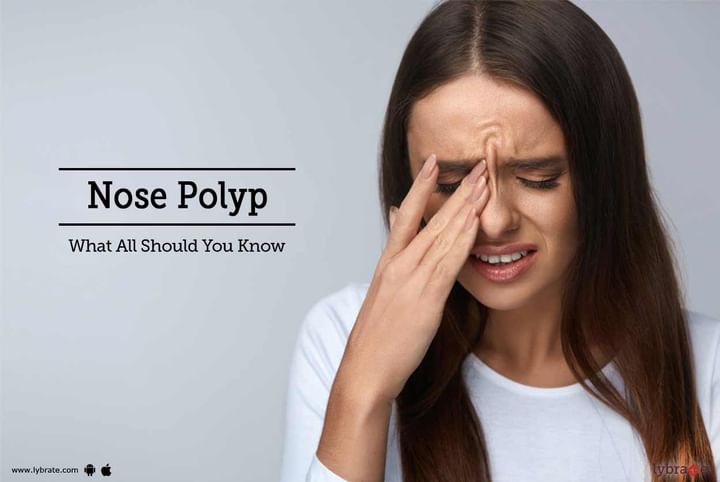Nose Polyp - What All Should You Know
Nose polyps are swellings on the fleshy part, that tends to develop in the lining of the nose and paranasal sinuses, which are the spaces filled by air and linked to the nasal cavity. These growths are non-cancerous in nature. Polyps can be of different sizes and could be either pink or yellowish-brown in colour with the shape of teardrops. Polyp may arise and grow in one or both the nostrils at the same time. They can grow in clusters.
Polyps which grow on to become large or those occurring in clusters can result in breathing problems and can hamper a patient’s ability to smell. Sinuses could get blocked and certain problems might emerge, like regular infections.
These nose polyps cause problems to around 40% of the general population and these are more common in among males, affecting them at least 2 times more than they do to women.
Individuals, who suffer from asthma, sinus infections on a frequent basis and allergies are more prone to developing this problem.
Symptoms
People suffer from chronic inflammation in the lining of the nasal passages and sinus. There could be obstruction in the nasal passages and sinuses as a result of clusters. Some people having small polys in their nose may not have any signs or symptoms. If the symptoms do arise, then they include:
- A patient might feel as if they always have cold, due to runny nose.
- There could be problem in breathing as the nose tends to remained stuffed or blocked, causing difficulty while sleeping.
- A feeling wherein mucus seemed to continuously run down the back of the throat.
- Snoring is also one of the symptoms.
- Itchy feeling around the eyes.
- Person with nose polyp can have obstructive sleep apnea in severe situations. This can be potentially serious, where a patien’s breathing stops while at sleep.
- There could be double vision, especially if a patient has cystic fibrosis.
Causes
The actual causes of nasal poly are not known but a number of these cases are linked to non-allergic asthma.
The exact mechanism of polyp formation remains unknown but medical researchers believe that they appear from swelling in the nose or sinuses.
Some are of the opinion that inflammation is caused due to accumulation of fluid in the space between the cells of the nose and sinuses that form mucus. Ultimately these heavy cells are pulled down by gravity, resulting in polyps.
Scientists feel that bacteria or viral infection, any allergy or immune response to fungus are the possible triggers.
Treatment
Some of the commonly used treatment methods for nasal polyps are:
- Steroids – A doctor can prescribe nose drops or a steroid spray, which would help shrink the polyps by reducing the inflammation. This is common for those patients with few small polyps.
- Steroid Tablets – In severe cases, patient might be given steroid tablets, which could be taken on their own or through nasal spray. They are very effective in shrinking the polyps.
- Surgery – If the polyps are large in size, then surgery is the only option available or it could also be undertaken if the patient does not show improvements through other modes of treatment.



+1.svg)
